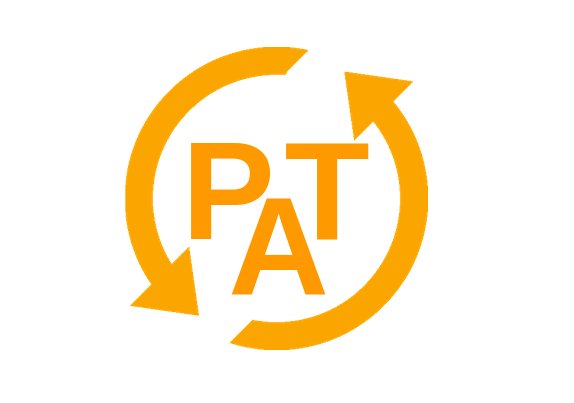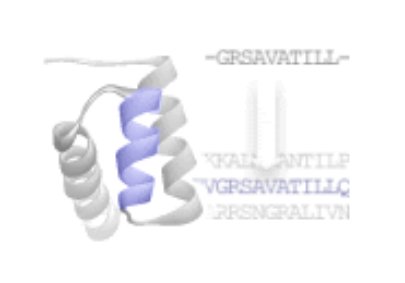|
Different predictive protocoles can be combined depending on the results obtained after each analysis step :
- sequence - structure threading
- active site prediction
- full atom model inference
- putative ligand prediction
- model assessment and refinement
The different analysis step will be obtained using the @TOME v3.0 server (http://atome.cbs.cnrs.fr).
@TOME is a web pipeline dedicated to protein structure modeling and small ligand docking based on comparative analyses. It allows fold recognition, template selection, structural alignment editing, structure comparisons, 3D-model building and evaluation.
- If the 3D templates are close to the query sequence (>25% sequence identity), homology modelling can be automatically obtained using the @TOME server.
- If the closest 3D templates are poorly homologous (15-25% sequence identity), contact us to determine the best modelling strategy.
|



